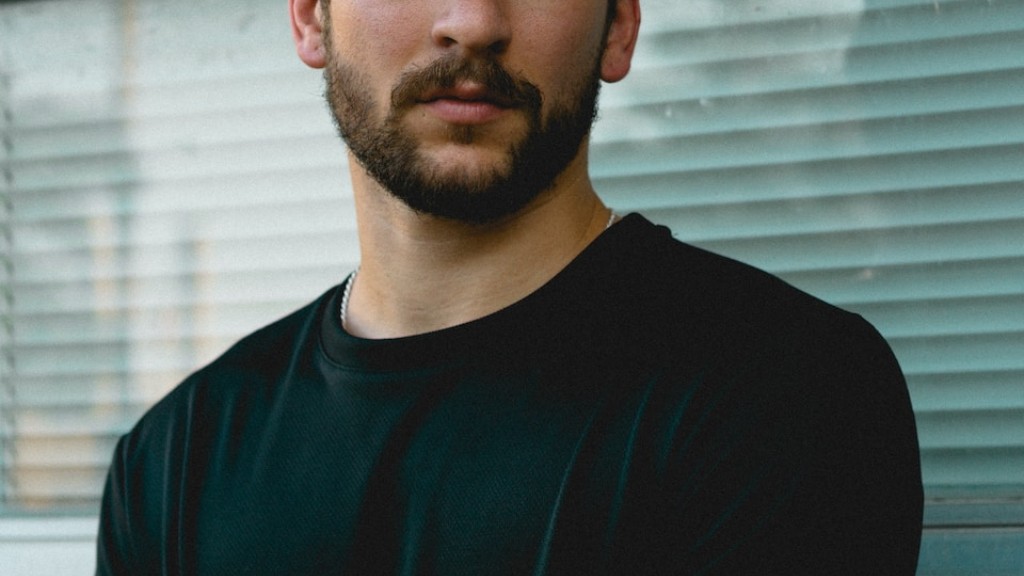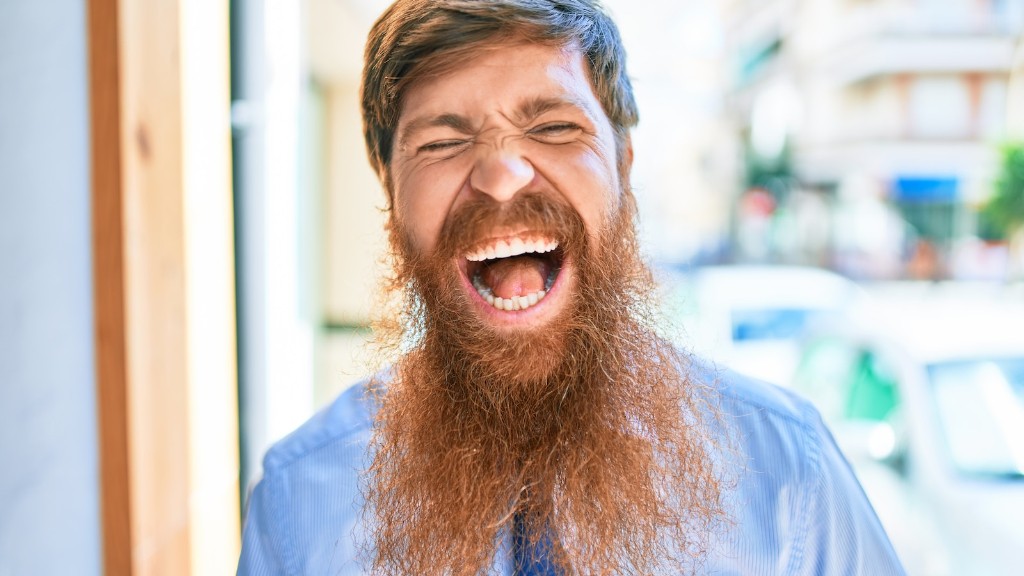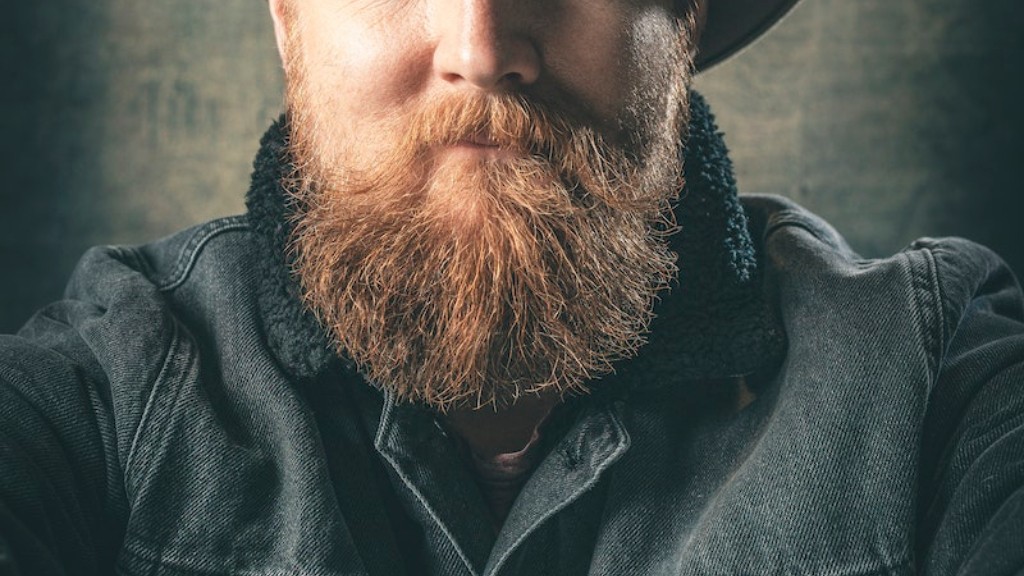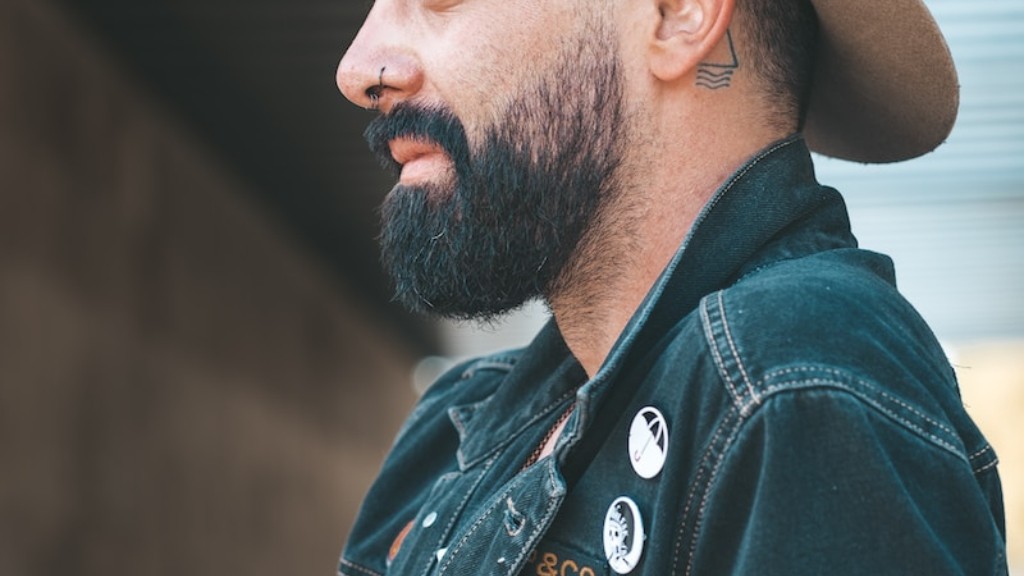This is a question that many people have, especially those with hairy faces. The simple answer is no, head lice cannot get in your beard. They are attracted to the warmth and moisture of the scalp, not the hair on your face. However, if you have close contact with someone who has head lice, they can climb onto your hair and beard.
No, lice cannot live in beards.
Do I have to shave my beard if I have lice?
While LiceDoctors is treating your family, we will happily check your beard, just to be ultra-cautious. If we do find head lice in your beard, most men choose to shave the beard, which is a perfectly acceptable way to eliminate it.
There are three different types of lice that can infest humans: head lice, body lice, and pubic lice. Head lice are found on the scalp, neck, and ears, and are usually spread through head-to-head contact. Body lice start out on clothing or in beds, but they move from those locations to people’s skin. Pubic lice are also called “crabs” and are found on pubic hair and skin.
How common is beard lice
Lice are small, parasitic insects that can infest the hair and cause intense itching. They are most commonly found in the scalp, but can also live in eyebrows, chest hair, armpits, and eyelashes. Although lice infestations are most common in children, adults can also be affected.
Lice are spread through direct contact with an infested person or through contact with contaminated items, such as hats, combs, or brushes. Treatment typically involves using a special shampoo to kill the lice.
If you think you may have lice, it is important to seek treatment as soon as possible to prevent the infestation from spreading.
Males are affected somewhat less than females in head lice infestations. Children are most likely to become affected, and epidemics can occur in schools, day cares, and nurseries. However, adults may also become infected, most often through contact with infected children. Head lice are most commonly spread through direct contact with an infested person. Contact with contaminated clothing, bedding, or other personal items can also spread head lice.
How do you get rid of lice on your beard?
There are many ways to remove lice, but one of the most effective is to use a special comb and remove them by hand. This can be done by pulling out the lice or nits with your fingers or tweezers. A magnifying glass can help you see the nits and lice more clearly.
It is not a solution to treating lice Sorry to break it to you, but a buzz cut with clippers will definitely not get rid of lice. The reason shaving will not work is because lice live on the base of the hair, and on the scalp. The nits are laid right at the base of the hair oftentimes against the scalp.
How do you know if you have lice on your face?
There are a few common signs and symptoms of lice that you should be aware of. These include intense itching on the scalp, body, or in the genital area. You may also feel a tickling sensation from the movement of lice in your hair. Finally, you may see lice on your scalp, body, clothing, or in pubic or other body hair. If you experience any of these symptoms, it is important to see a doctor or healthcare provider so that you can be treated for lice.
Head-to-head contact can spread head lice from one person to another. If you share clothing, combs, brushes, or towels, you may also be spreading head lice. To avoid spreading head lice, do not share these items with others.
Can head lice infest your body
Lice are parasitic insects that feed on human blood and can infest the head, body, and pubic area. There are three types of lice that infest humans: body louse (Pediculus humanus corporis), head louse (Pediculus humanus capitis), and pubic louse (Phthirus pubis). Lice are small, wingless insects that range in color from white to dark brown. Female lice lay their eggs (nits) on human hair shafts. Nits are small, oval-shaped eggs that are attached to the hair shaft with a sticky substance. Nits take about 7-10 days to hatch, and the nymphs (young lice) mature into adults in about 2 weeks. Lice can live for up to 30 days on a human host. Lice infestations are spread by direct contact with an infested person or by sharing contaminated personal items, such as hats, combs, or brushes. Lice can also be spread by contact with contaminated surfaces, such as bedding, clothing, or furniture.
Demodex is a type of mite that lives in human hair follicles, usually on your face. Almost everyone has these mites, but they usually don’t cause any problems. But Demodex can multiply too quickly in people who are immunocompromised or have other skin conditions.
Where is head lice most commonly found?
Head lice are most commonly found on the scalp, particularly around and behind the ears and near the neckline at the back of the head. Head lice or head lice nits sometimes are found on the eyelashes or eyebrows but this is uncommon.
There are some studies that suggest that girls may get head lice more often than boys. This may be due to more frequent head-to-head contact. In the United States, infestation with head lice is much less common among African-Americans than among persons of other races.
Why don’t adults get lice
It is important to be aware that adults are not immune to head lice and can easily catch them if they have close contact with someone who has them. Lice transfer primarily through head-to-head contact, so it is important to be mindful of this if you are around someone who has them. If you suspect you have head lice, it is important to see a doctor or a specialist to get treated.
Head lice are most commonly found in children aged 3-10 years, although they can infest people of all ages. Head lice are small, wingless insects that live in human hair and feed on human blood. They are about the size of a sesame seed and are usually brown or black in color. Head lice eggs (nits) are small, white, oval-shaped eggs that are glued to the hair shaft close to the scalp. Nits can be hard to see and are often mistaken for dandruff or hair casts.
Head lice are transmitted by direct contact with the hair of an infested person. They can also be transmitted by sharing contaminated combs, brushes, hats, clothing, or towels. Head lice are not known to transmit any diseases.
The best way to prevent head lice is to avoid sharing contaminated personal items and to keep the hair clean and well-groomed.
Why do dads not get lice?
Lice can infest parents just as easily as siblings, but moms usually get lice more often than dads. This is because lice does discriminate based on hair length and hormone levels of the host. Moms typically have longer hair than dads, which makes them more likely to get lice.
If you have active lice, you should start by using pyrethrin shampoo or other over-the-counter lice treatments. Make sure to carefully comb your hair with a nit comb every night, and wash and dry linens, clothing, hats, and scarves. Repeat the treatment after 7 days.
Final Words
There is no definitive answer to this question as there is no scientific evidence to suggest that head lice can or cannot survive in facial hair. However, it is generally considered unlikely that head lice would be able to survive in facial hair for a number of reasons. Head lice require human blood to survive and mate, and facial hair is not as dense as head hair, making it less likely for lice to find a suitable host. Additionally, head lice are not known to jump or fly, so they would likely have difficulty moving from head hair to facial hair.
There is no evidence that head lice can live in beards. While head lice have been found in eyebrows, there is no reason to believe that they could survive in a beard.





